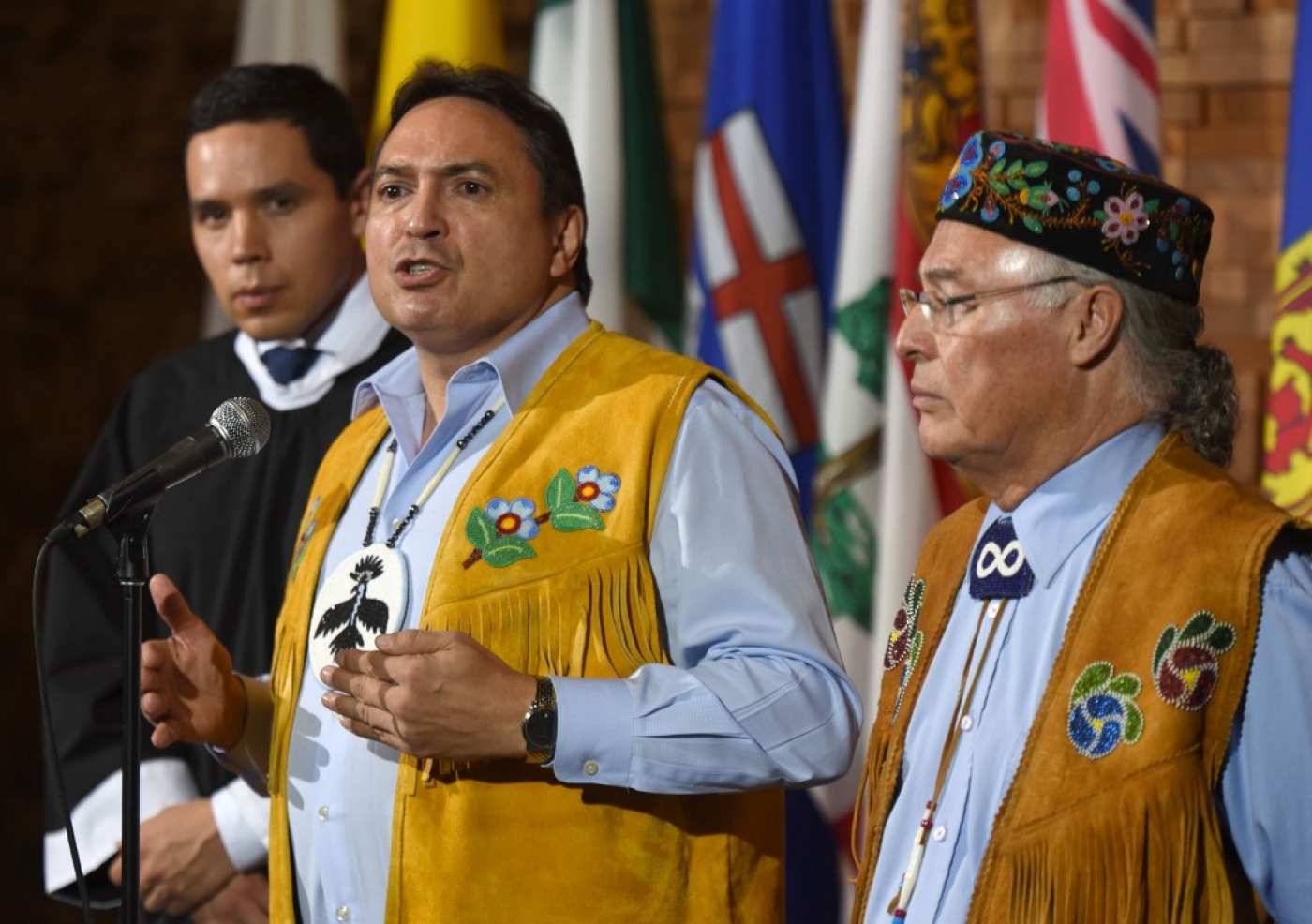Indigenous communities have long been at the forefront of environmental and social justice movements, advocating for the protection of their lands and resources. The California Cap and Trade Program has recently gained attention from various stakeholders, including indigenous peoples, who have a vested interest in its impact on environmental policies and social equity.
Understanding the complexities of the California Cap and Trade Program is crucial for indigenous communities, as it directly affects their way of life and well-being. By delving into the intricacies of this program, indigenous peoples can make informed decisions about how to engage with and advocate for policies that align with their values and principles.
The Importance of Environmental Justice
Environmental justice is a fundamental aspect of indigenous activism, as many indigenous communities rely on the land for their sustenance and cultural practices. The California Cap and Trade Program plays a significant role in shaping environmental policies and addressing issues such as air pollution, climate change, and resource management.
Indigenous communities have a unique perspective on environmental justice, as they have been disproportionately affected by environmental degradation and resource exploitation. By engaging with the California Cap and Trade Program, indigenous peoples can participate in decision-making processes that directly impact their lands and resources.
Challenges and Opportunities
While the California Cap and Trade Program presents opportunities for environmental protection and social equity, it also poses challenges for indigenous communities. One of the key challenges is ensuring that indigenous voices are heard and respected in policy discussions and implementation processes.
Additionally, indigenous communities must navigate complex legal and regulatory frameworks to effectively engage with the California Cap and Trade Program. This requires a nuanced understanding of environmental policies and their implications for indigenous rights and sovereignty.
Empowering Indigenous Voices
Empowering indigenous voices in environmental and social justice movements is essential for creating a more equitable and sustainable future. The California Cap and Trade Program provides indigenous communities with a platform to advocate for their interests and assert their rights to land, resources, and self-determination.
By actively participating in the California Cap and Trade Program, indigenous peoples can influence policy decisions and promote environmentally sustainable practices that benefit their communities and future generations. This empowerment is crucial for advancing indigenous rights and ensuring a more just and inclusive society.
Collaboration and Solidarity
Collaboration and solidarity among indigenous communities are vital for effectively engaging with the California Cap and Trade Program. By forming alliances and coalitions, indigenous peoples can amplify their voices and advocate for collective interests that transcend individual communities and territories.
Furthermore, building partnerships with other marginalized groups and environmental organizations can strengthen indigenous advocacy efforts and foster greater community resilience and unity. This collaborative approach is essential for addressing the complex challenges posed by the California Cap and Trade Program and advancing environmental and social justice goals.
In conclusion, indigenous communities have a critical stake in the California Cap and Trade Program and its impact on environmental policies and social equity. By actively engaging with this program, indigenous peoples can assert their rights, advocate for their interests, and shape more inclusive and sustainable futures for themselves and future generations.





